This NASA/ESA Hubble Space Telescope Image Is Chock-full Of Galaxies. Each Glowing Speck Is A Different

This NASA/ESA Hubble Space Telescope image is chock-full of galaxies. Each glowing speck is a different galaxy, except the bright flash in the middle of the image which is actually a star lying within our own galaxy that just happened to be in the way. At the center of the image lies something especially interesting, the center of the massive galaxy cluster called WHL J24.3324-8.477, including the brightest galaxy of the cluster.
The Universe contains structures on various scales — planets collect around stars, stars collect into galaxies, galaxies collect into groups, and galaxy groups collect into clusters. Galaxy clusters contain hundreds to thousands of galaxies bound together by gravity. Dark matter and dark energy play key roles in the formation and evolution of these clusters, so studying massive galaxy clusters can help scientists to unravel the mysteries of these elusive phenomena.
Credit: ESA/Hubble & NASA
More Posts from Xyhor-astronomy and Others










The Largest Black Hole Merger Of All-Time Is Coming, And Soon
“Over in Andromeda, the nearest large galaxy to the Milky Way, a number of unusual systems have been found. One of them, J0045+41, was originally thought to be two stars orbiting one another with a period of just 80 days. When additional observations were taken in the X-ray, they revealed a surprise: J0045+41 weren’t stars at all.”
When you look at any narrow region of the sky, you don’t simply see what’s in front of you. Rather, you see everything along your line-of-sight, as far as your observing power can take you. In the case of the Panchromatic Hubble Andromeda Treasury, where hundreds of millions of stars were captured in impressive fashion, background objects thousands of times as distant can also be seen. One of them, J0045+41, was originally thought to be a binary star system that was quite tight: with just an 80 day orbital period. Follow-up observations in the X-ray, however, revealed that it wasn’t a binary star system after all, but an ultra-distant supermassive black hole pair, destined to merge in as little as 350 years. If we build the right observatory in space, we’ll be able to observe the entire inspiral-and-merger process for as long as we like!
Come get the full story, and some incredible pictures and visuals, on today’s Mostly Mute Monday!

December 13, 1972 – Photos taken during the Apollo 17 rover’s drive back to the lunar module. (NASA)
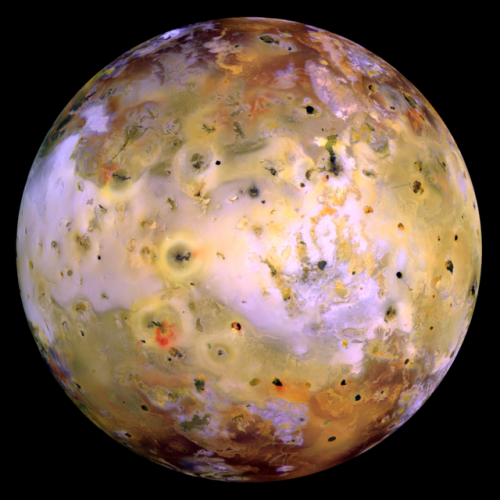
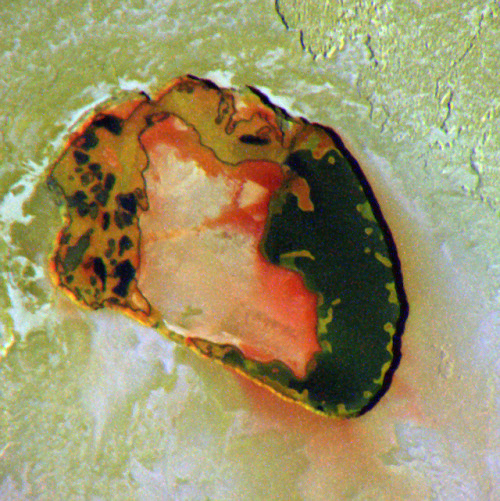
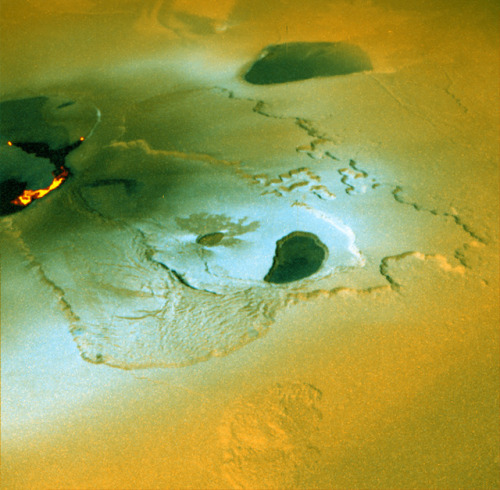
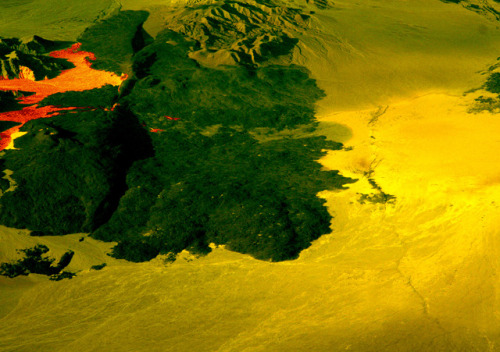
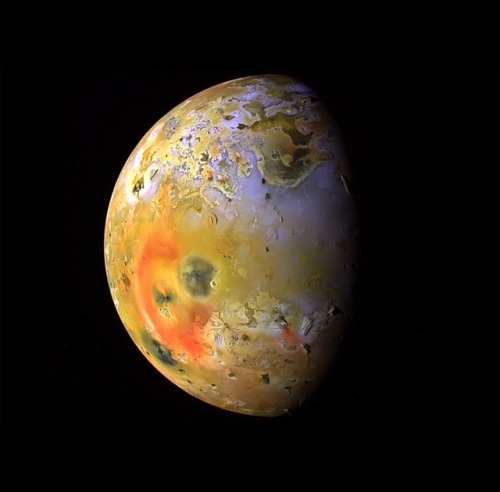
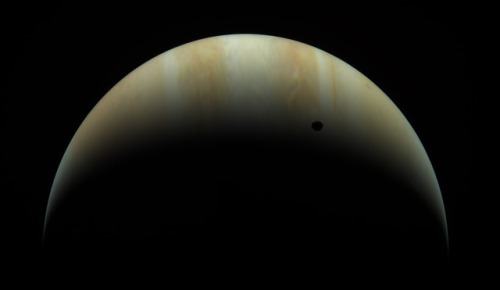
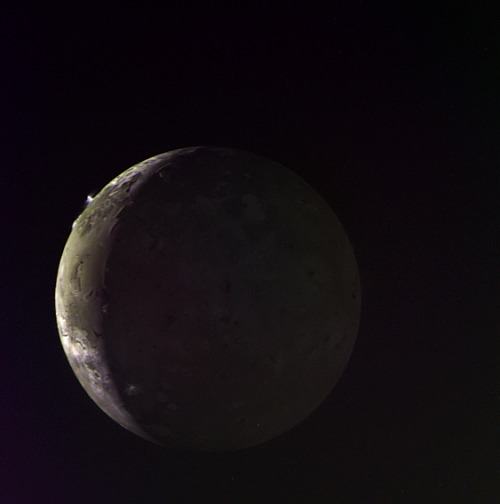
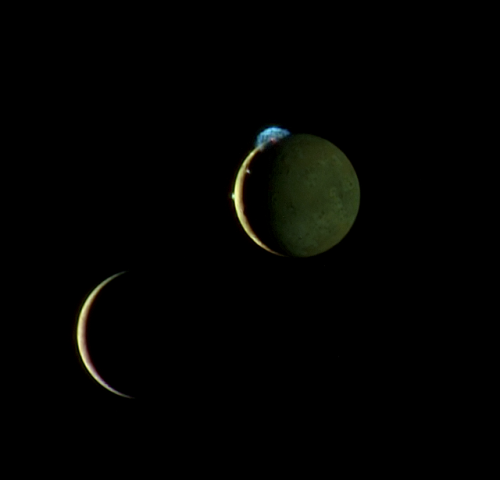
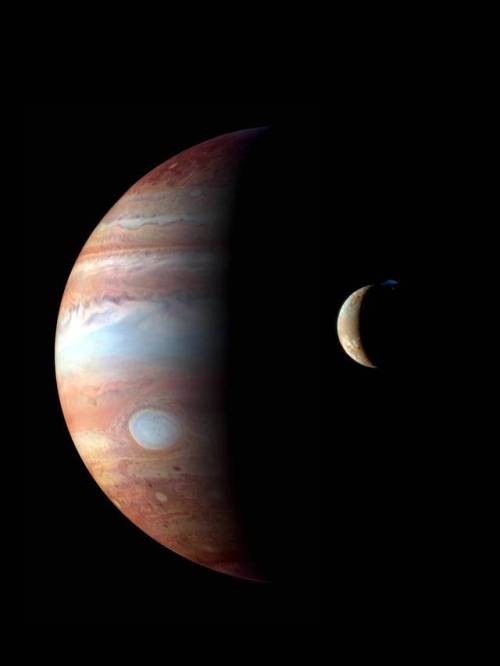
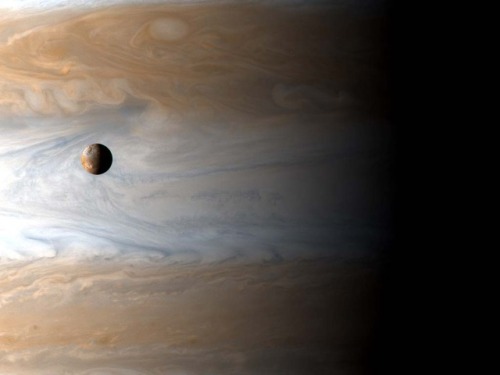
Io - The Volcanic Moon
Looking like a giant pizza covered with melted cheese and splotches of tomato and ripe olives, Io is the most volcanically active body in the solar system. Volcanic plumes rise 300 km (190 miles) above the surface, with material spewing out at nearly half the required escape velocity.
A bit larger than Earth’s Moon, Io is the third largest of Jupiter’s moons, and the fifth one in distance from the planet.
Although Io always points the same side toward Jupiter in its orbit around the giant planet, the large moons Europa and Ganymede perturb Io’s orbit into an irregularly elliptical one. Thus, in its widely varying distances from Jupiter, Io is subjected to tremendous tidal forces. These forces cause Io’s surface to bulge up and down (or in and out) by as much as 100 m (330 feet)! Compare these tides on Io’s solid surface to the tides on Earth’s oceans. On Earth, in the place where tides are highest, the difference between low and high tides is only 18 m (60 feet), and this is for water, not solid ground!
This tidal pumping generates a tremendous amount of heat within Io, keeping much of its subsurface crust in liquid form seeking any available escape route to the surface to relieve the pressure. Thus, the surface of Io is constantly renewing itself, filling in any impact craters with molten lava lakes and spreading smooth new floodplains of liquid rock. The composition of this material is not yet entirely clear, but theories suggest that it is largely molten sulfur and its compounds (which would account for the varigated coloring) or silicate rock (which would better account for the apparent temperatures, which may be too hot to be sulfur). Sulfur dioxide is the primary constituent of a thin atmosphere on Io. It has no water to speak of, unlike the other, colder Galilean moons. Data from the Galileo spacecraft indicates that an iron core may form Io’s center, thus giving Io its own magnetic field.
Io was discovered on 8 January 1610 by Galileo Galilei. The discovery, along with three other Jovian moons, was the first time a moon was discovered orbiting a planet other than Earth.

Eruption of the Tvashtar volcano on Jupiter’s moon Io, photographed by New Horizons.
Image credit: NASA/JPL/Galileo/New Horizons ( Stuart Rankin | Kevin Gill)
Source: NASA

The Extraordinary Core of a Neutron Star
Lucy Reading-Ikkanda/Quanta Magazine; Source: Feryal Özel
Flying Monsters of Scorpius | Yuriy Toropin
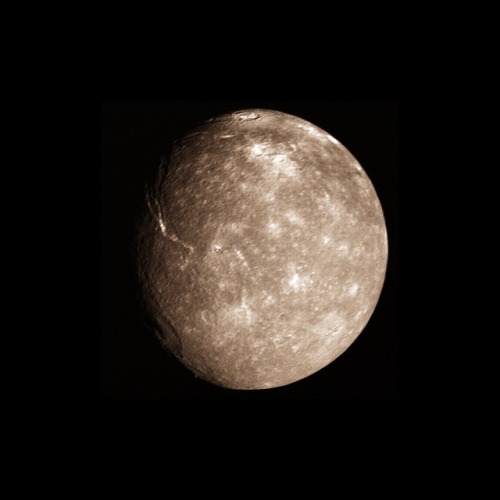

Two moons of Uranus: Titania and Oberon. Both moons were discovered by William Herschel in 1787.
Credit: NASA/JPL

Planet Neptune, observed by the Voyager 2 space probe, August 25, 1989.
(NASA)


Solar ❤

Ghost Nebula
Secret Chamber? Cosmic Rays Reveal Possible Void Inside Great Pyramid

A large void has been discovered inside the Great Pyramid of Giza, thanks to cosmic rays. If the large space turns out to exist, its function — which could be anything from new chamber to sealed-off construction passage — is likely to be the source of much archaeological debate.
An international group of researchers reported today (Nov. 2) in the journal Nature that by tracking the movements of particles called muons, they have found an empty space more than 98 feet (30 meters) long that sits right above the granite-walled Grand Gallery within the massive pyramid. The Great Pyramid, also known as Khufu’s pyramid, was built during that pharaoh’s reign between 2509 B.C. and 2483 B.C. No new rooms or passages have been confirmed inside the pyramid since the 1800s.
“The void is there,” said Mehdi Tayoubi, the president of the organization Heritage Innovation Preservation and a leader of the ScanPyramids mission, an ongoing effort to bring new technology to bear on Egypt’s most famous structures. Read more.
-
 lemur4444 liked this · 4 years ago
lemur4444 liked this · 4 years ago -
 hellenguimaraes677-blog liked this · 7 years ago
hellenguimaraes677-blog liked this · 7 years ago -
 1025ily liked this · 7 years ago
1025ily liked this · 7 years ago -
 young-potato-salad reblogged this · 7 years ago
young-potato-salad reblogged this · 7 years ago -
 verratensduo reblogged this · 7 years ago
verratensduo reblogged this · 7 years ago -
 verratensduo liked this · 7 years ago
verratensduo liked this · 7 years ago -
 cyberdelicalchemist reblogged this · 7 years ago
cyberdelicalchemist reblogged this · 7 years ago -
 bluraven41 reblogged this · 7 years ago
bluraven41 reblogged this · 7 years ago -
 yungohitsuji reblogged this · 7 years ago
yungohitsuji reblogged this · 7 years ago -
 goldkirk liked this · 7 years ago
goldkirk liked this · 7 years ago -
 pricus7x3 reblogged this · 7 years ago
pricus7x3 reblogged this · 7 years ago -
 smolsofa reblogged this · 7 years ago
smolsofa reblogged this · 7 years ago -
 berserkered reblogged this · 7 years ago
berserkered reblogged this · 7 years ago -
 andre-orphee reblogged this · 7 years ago
andre-orphee reblogged this · 7 years ago -
 childofthebigbang reblogged this · 7 years ago
childofthebigbang reblogged this · 7 years ago -
 jakespet01-blog liked this · 7 years ago
jakespet01-blog liked this · 7 years ago -
 xyhor-astronomy reblogged this · 7 years ago
xyhor-astronomy reblogged this · 7 years ago -
 dim-moonlight liked this · 7 years ago
dim-moonlight liked this · 7 years ago -
 jovian-winds reblogged this · 7 years ago
jovian-winds reblogged this · 7 years ago -
 gothalien liked this · 7 years ago
gothalien liked this · 7 years ago -
 green-pyscho-mind liked this · 7 years ago
green-pyscho-mind liked this · 7 years ago -
 feelscelestial reblogged this · 7 years ago
feelscelestial reblogged this · 7 years ago -
 smokethroughgrittedteeth liked this · 7 years ago
smokethroughgrittedteeth liked this · 7 years ago -
 sciencenerd4-blog liked this · 7 years ago
sciencenerd4-blog liked this · 7 years ago -
 fuckperfection000-blog liked this · 7 years ago
fuckperfection000-blog liked this · 7 years ago -
 xoshepard reblogged this · 7 years ago
xoshepard reblogged this · 7 years ago -
 blewraspberii liked this · 7 years ago
blewraspberii liked this · 7 years ago -
 fishingpenguin liked this · 7 years ago
fishingpenguin liked this · 7 years ago -
 1death23 reblogged this · 7 years ago
1death23 reblogged this · 7 years ago -
 j-shan-background-rapper liked this · 7 years ago
j-shan-background-rapper liked this · 7 years ago -
 suckmydickghosts reblogged this · 7 years ago
suckmydickghosts reblogged this · 7 years ago -
 teddyshrew liked this · 7 years ago
teddyshrew liked this · 7 years ago -
 spacetimewithstuartgary reblogged this · 7 years ago
spacetimewithstuartgary reblogged this · 7 years ago -
 wet-bulb liked this · 7 years ago
wet-bulb liked this · 7 years ago -
 v-ndctv reblogged this · 7 years ago
v-ndctv reblogged this · 7 years ago -
 emmachandesu liked this · 7 years ago
emmachandesu liked this · 7 years ago -
 kxneki reblogged this · 7 years ago
kxneki reblogged this · 7 years ago -
 edwhiteandblue liked this · 7 years ago
edwhiteandblue liked this · 7 years ago
For more content, Click Here and experience this XYHor in its entirety!Space...the Final Frontier. Let's boldly go where few have gone before with XYHor: Space: Astronomy & Spacefaring: the collection of the latest finds and science behind exploring our solar system, how we'll get there and what we need to be prepared for!
128 posts